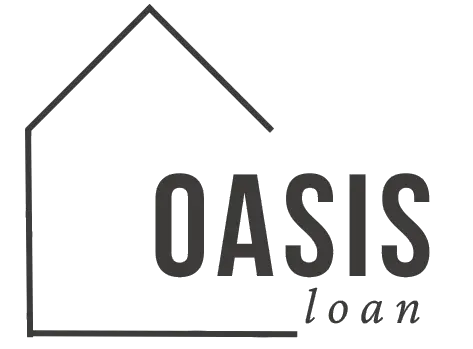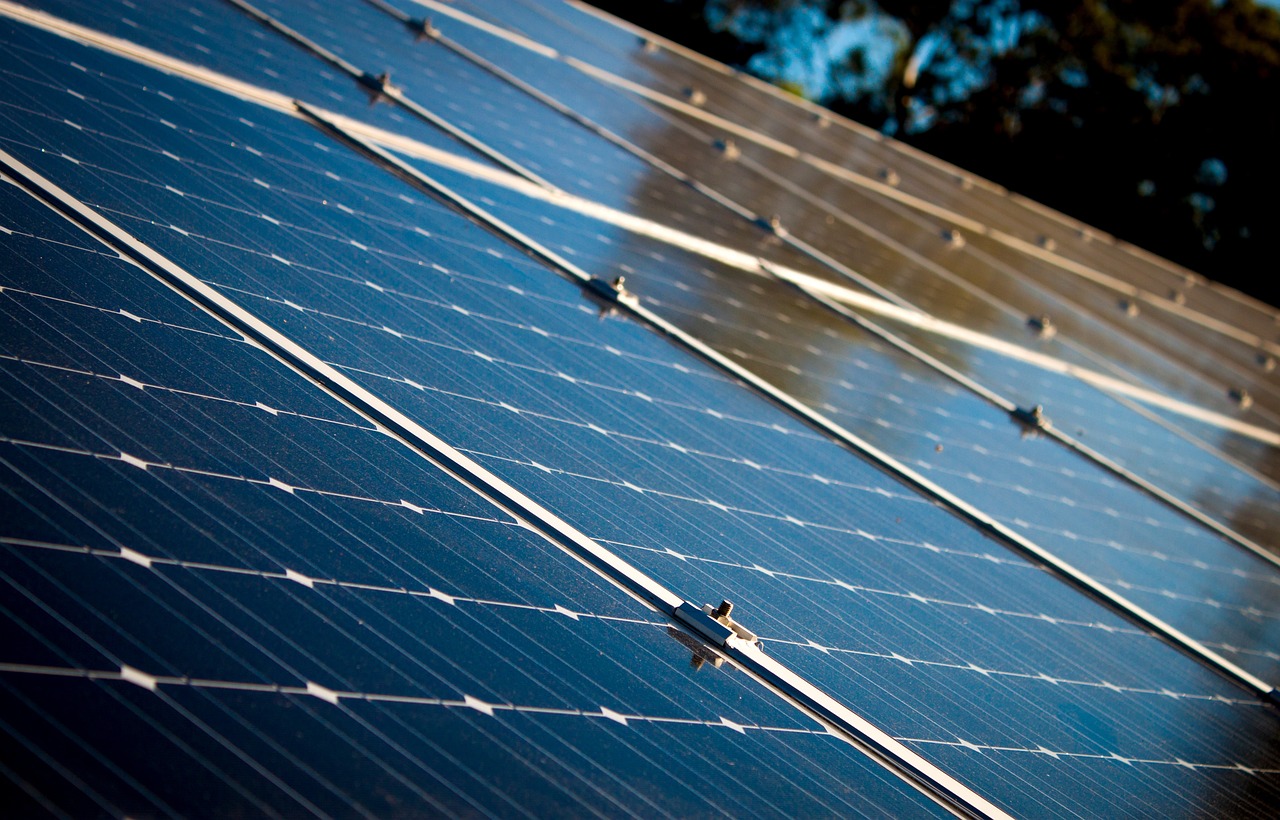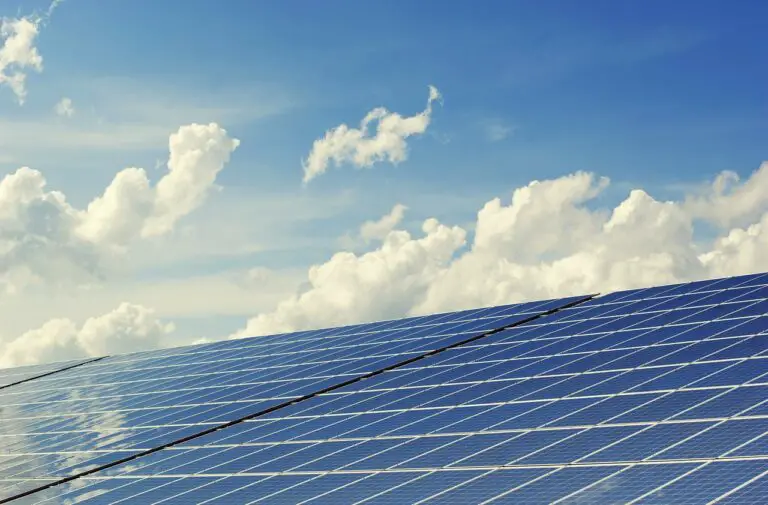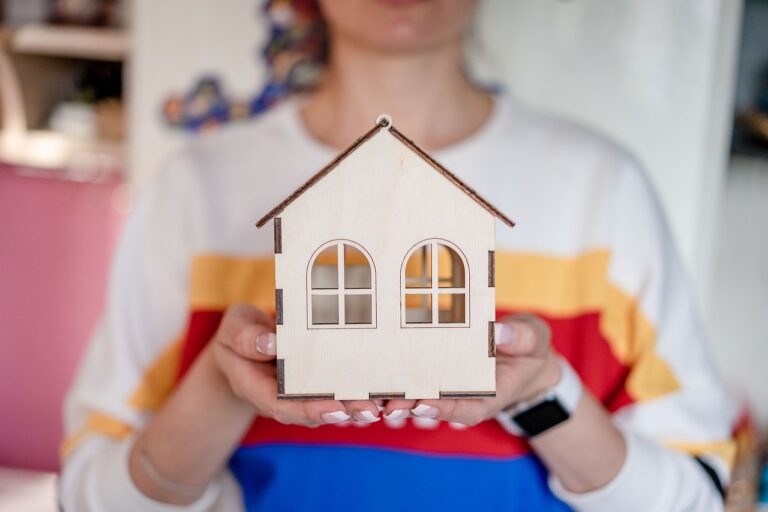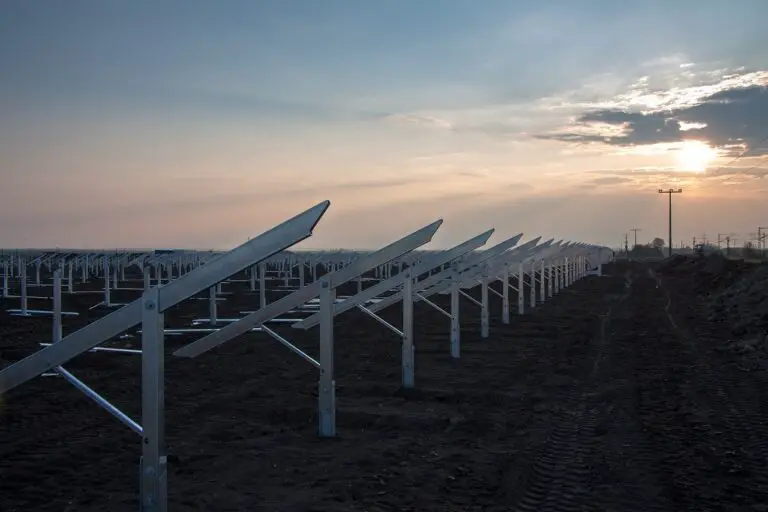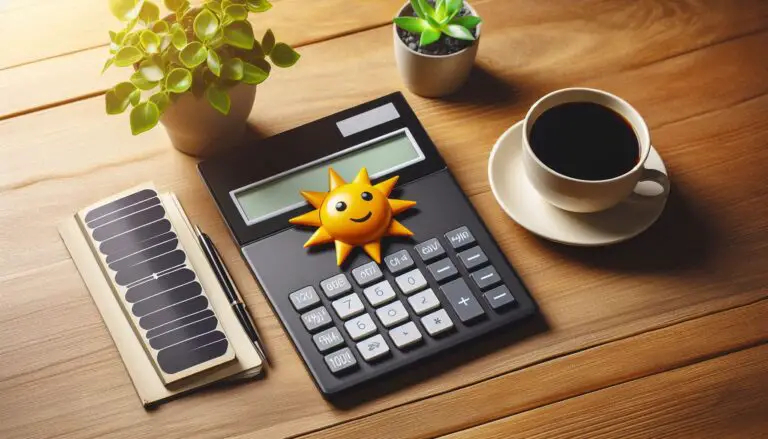How to Budget for Green Renovations with Solar Panel Financing
Embarking on a green renovation project, especially one involving solar panel installation, can be both exciting and daunting. Effective budgeting is crucial to ensure you manage costs efficiently and make the most of available financing options. In this article, we will explore how to budget for green renovations with a focus on solar panel financing and green home improvement loans.
Understanding the Costs of Green Renovations
Initial Costs of Solar Panels
Solar panel installation involves several upfront costs, including the panels themselves, installation fees, and any necessary electrical upgrades. Understanding these costs is crucial for effective budgeting.
- Panel Costs: The price of solar panels can vary depending on their efficiency and brand. On average, the cost ranges from $15,000 to $25,000 for a residential system.
- Installation Fees: Professional installation is essential for optimal performance and safety. Installation costs typically range from $5,000 to $10,000.
- Additional Upgrades: If your home requires electrical system upgrades or new roofing, these costs will add to your total budget. Plan for an additional 10-15% of the total installation cost.
For detailed cost estimates and considerations, consult resources like Energy.gov and Solar Energy Industries Association.
Ongoing Maintenance Costs
While solar panels generally require minimal maintenance, budgeting for occasional upkeep is wise. Regular cleaning and inspections can prevent performance issues and prolong the lifespan of your system.
- Cleaning Costs: Depending on the size and location of your system, cleaning can cost between $150 and $300 annually.
- Repairs and Replacements: Although rare, repairs may be needed. Allocate a small annual budget for unexpected issues.
Additional Costs for Green Home Improvements
Green renovations extend beyond solar panels. Consider the costs of other eco-friendly upgrades, such as energy-efficient windows, insulation, and sustainable flooring. These improvements can further enhance your home’s energy efficiency.
- Energy-Efficient Windows: Upgrading to energy-efficient windows can cost between $300 and $700 per window. However, this investment can lead to significant savings on heating and cooling costs.
- Insulation: Proper insulation is essential for maintaining energy efficiency. Expect to spend between $1,000 and $3,000, depending on the size of your home and the type of insulation.
- Sustainable Flooring: Eco-friendly flooring options, such as bamboo or reclaimed wood, can cost between $5 and $15 per square foot.
Financing Options for Solar Panel Installation
Loans for Solar Panels
When it comes to financing solar panels, several loan options are available. These loans can help cover the initial costs and make your green renovation project more manageable.
- Personal Loans: Personal loans offer flexible repayment terms and are often unsecured. However, they typically have higher interest rates compared to other financing options.
- Home Equity Loans: If you have equity in your home, a home equity loan can provide a lump sum of cash at a lower interest rate. This option may be suitable for larger projects.
- Solar Loans: Specifically designed for solar panel installations, solar loans often come with favorable terms and lower interest rates. They can be offered by banks, credit unions, or specialized lenders.
For more information on different types of solar loans, visit EnergySage and Solar.com.
Green Home Improvement Loans
In addition to solar-specific loans, green home improvement loans are available for broader eco-friendly upgrades. These loans can be used for various green renovations, including energy-efficient windows, insulation, and more.
- FHA Energy Efficient Mortgage (EEM): This government-backed loan allows you to finance energy-efficient improvements into your mortgage. It offers competitive rates and flexible terms.
- Property Assessed Clean Energy (PACE) Loans: PACE loans are repaid through property taxes and can be used for a wide range of green improvements. They are available in some states and municipalities.
- Credit Union Green Loans: Many credit unions offer green loans with favorable terms for energy-efficient home improvements. Check with local credit unions to explore available options.
For further details on green home improvement loans, check out resources from HUD and PACE Nation.
Creating a Budget for Your Green Renovation Project
Assessing Your Financial Situation
Before committing to any financing, it is crucial to assess your financial situation. Understanding your budget will help you choose the right financing options and avoid overextending yourself.
- Review Your Savings: Determine how much you can contribute from your savings. This will reduce the amount you need to borrow and may also help you secure better loan terms.
- Calculate Monthly Payments: Use online calculators to estimate monthly payments for different loan options. Ensure these payments fit comfortably within your monthly budget.
Setting Priorities
Identify which green renovations are most important for your home and budget accordingly. Prioritize projects based on their impact on energy efficiency and overall cost.
- Essential Upgrades: Focus on necessary upgrades that will have the most significant impact on energy savings, such as solar panels and insulation.
- Additional Enhancements: If your budget allows, consider additional improvements that enhance comfort and sustainability, such as energy-efficient appliances or landscaping.
Monitoring and Adjusting Your Budget
Once your project is underway, regularly monitor your spending and adjust your budget as needed. Unexpected expenses can arise, so having a flexible budget is essential.
- Track Expenses: Use budgeting tools or apps to keep track of your expenses and ensure you stay within your budget.
- Adjust as Necessary: If you encounter unexpected costs, review your budget and make adjustments to accommodate these changes.
Conclusion
Budgeting for green renovations with solar panel financing requires careful planning and consideration of various factors. By understanding the costs, exploring financing options, and creating a detailed budget, you can successfully manage your green renovation project. Loans for solar panels and green home improvement loans can provide the financial support needed to achieve your eco-friendly goals.
For more guidance on financing and budgeting for green renovations, visit Energy.gov, Solar Energy Industries Association, and HUD.
